Tracy
/Old Altamont Road
Though it will never be confused with the Pyrenees, located between Livermore and Stockton, Tracy has lightly traveled and desolate canyons waiting to be explored by road bike. Three ascents out of town are all relatively short and daunting when pushed hard.
For a few mid-week rides, I drove from the Bay Area to meet my Death Ride-training buddy Pete on various mornings. Forget him trying to crawl through the westward commute snarl to meet me. We met at a Starbucks off Grant Line Road and first headed west over Altamont Pass. Altamont is forever associated with the December 1969 Rolling Stone concert that pretty much ended the ‘60’s vibe. I didn't attend but my college roommate did. Not to say it was a long time ago but Lance Armstrong wasn't born until two years later and so Sympathy for the Devil had nothing to do with his confessions. Buh dum cha.
The Stones concert was held in the now-defunct motor speedway on Midway Road, which connects to Patterson Pass. Just before Midway is a tavern named Mountain House, the bar whose name spawned an adjoining town. You also pass over the California Aqueduct, which has a serene and paved bike trail winding northward past the often busy windmills. Accordingly, you can always expect a powerful headwind.
Before I-580, traffic to Yosemite used to jam over old Altamont. The climb is forgiving, just under 3% over the last mile and a half to Summit Garage, which once thrived with flatlanders seeking soft drinks or getting boiled-over radiators repaired. The service station is now closed and the building dilapidated but still provides a welcome crest, just west of the Union Pacific Railroad overpass adjacent to a hazardous waste land fill, a juxtaposition of old and new technologies. Uphill the heavily traveled freeway is supported by tall piers. Headed toward Livermore, you can turn left on Carroll Road and soar over I-580, on tall piers visible high up the slope, or continue the full three miles into town and turn left on Greenville Road. Both lefts connect with Patterson Pass Road, which ascends steeply near its summit back toward Tracy.
From Tracy, the Patterson climb is a category 2, sloped 5% over 4 miles, gaining over 900 feet. It has often been featured on the Amgen California Tour. The pass was named for Andrew Jackson Patterson, who settled in the area in the 1850s. While driving a wagon over the pass, a gust of omnipresent wind flipped it, breaking his wife’s leg. Buffeted by the same headwinds, the road drops to steeply for 2 miles, then rolls out toward Livermore.
Patterson intersects with the aforementioned Greenville Road. To the right is Altamont and left is Tesla Road, also found by making an earlier left on Cross Road, which passes by the idyllic Purple Orchid Inn with its acres of olive trees. Tesla was named for the Serbian electrical engineer, Nikola Tesla, whose resume in his 20s included employment by both Thomas Edison and George Westinghouse, then up-and-coming entrepreneurs in their 30s. In his name, an electric-power plant had once been planned for coal fields discovered in 1855, located over the summit toward Tracy. The mine owners hoped that the coal could generate electricity for Oakland. But because cheaper hydro-electricity was available, most of the coal went to power train engines, replacing the era of wood-bins. A century later, Tesla’s name has re-emerged for that of the electric-car company.
Over the summit, the road changes its name to Corral Hollow, once a 25-acre horse pen at the mouth of the canyon, just beyond I-580 when biking from Tracy. The road past the freeway has an easy grade to a remote dirt bike park named for Andrew Carnegie. Once located where picnic tables now sit, the million dollar Carnegie Brick and Pottery Company was formed in 1903, utilizing a clay strata adjacent to the Tesla coal veins. The company used the railroad line to Stockton set up for moving coal to transport the bricks. Carnegie and Tesla were both company towns, neither having anything financially to do with the namesake industrialists. A fire in the mines shut down Tesla in 1905 and Carnegie faded in 1911 after a canyon flood washed out several of the railroad crossings. All signs of the once vibrant settlements are long gone.
For the bicyclist, having the State Vehicle Recreational Area (SVRA) at the head of the canyon means lots of pick-up trucks with dirt bike trailers passing by. During the week, traffic is light and a small store is located at the park for snacks and drinks. Once past the park, the road shoots up with a 6% grade over 2 miles, classified as a Cat 3. Taking Tesla out of Livermore, the climb is slightly less, a Cat 4 with under a 4% grade over a mile-and-a-half.
All three canyons contain very scenic, desolate canyon rolling roads out of Tracy. If going from Livermore to Tracy, they provide long rollouts and usually with an exhilarating tailwind. The slopes are verdant green in the spring and desiccated golden over the long summer and fall. Unlike the Bay Area, eroded arroyos cut the landscape instead of shaded creeks and random oaks instead of redwood forests. Vistas of the nearby delta abound and the open ridges have a haunting solidarity.
To shorten the drive to Tracy from the Bay Area, you can also park in Livermore for your loop, thereby taking advantage of a stop at any of several wineries, famous and otherwise, before escaping the valley heat back to the cooler climes surrounding the Bay.
Published Cycle California, Oct 2013, Vol. 19, #9


